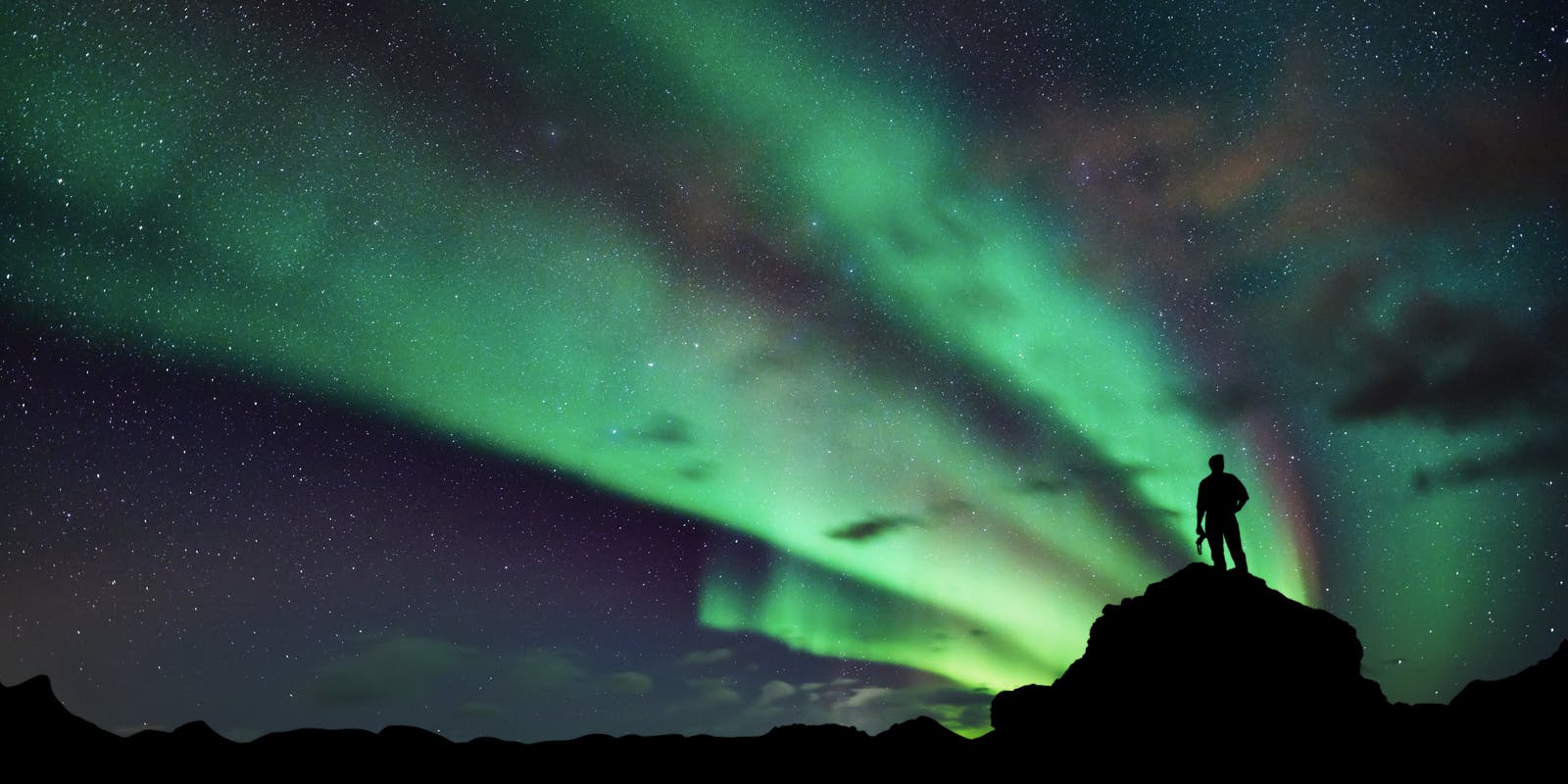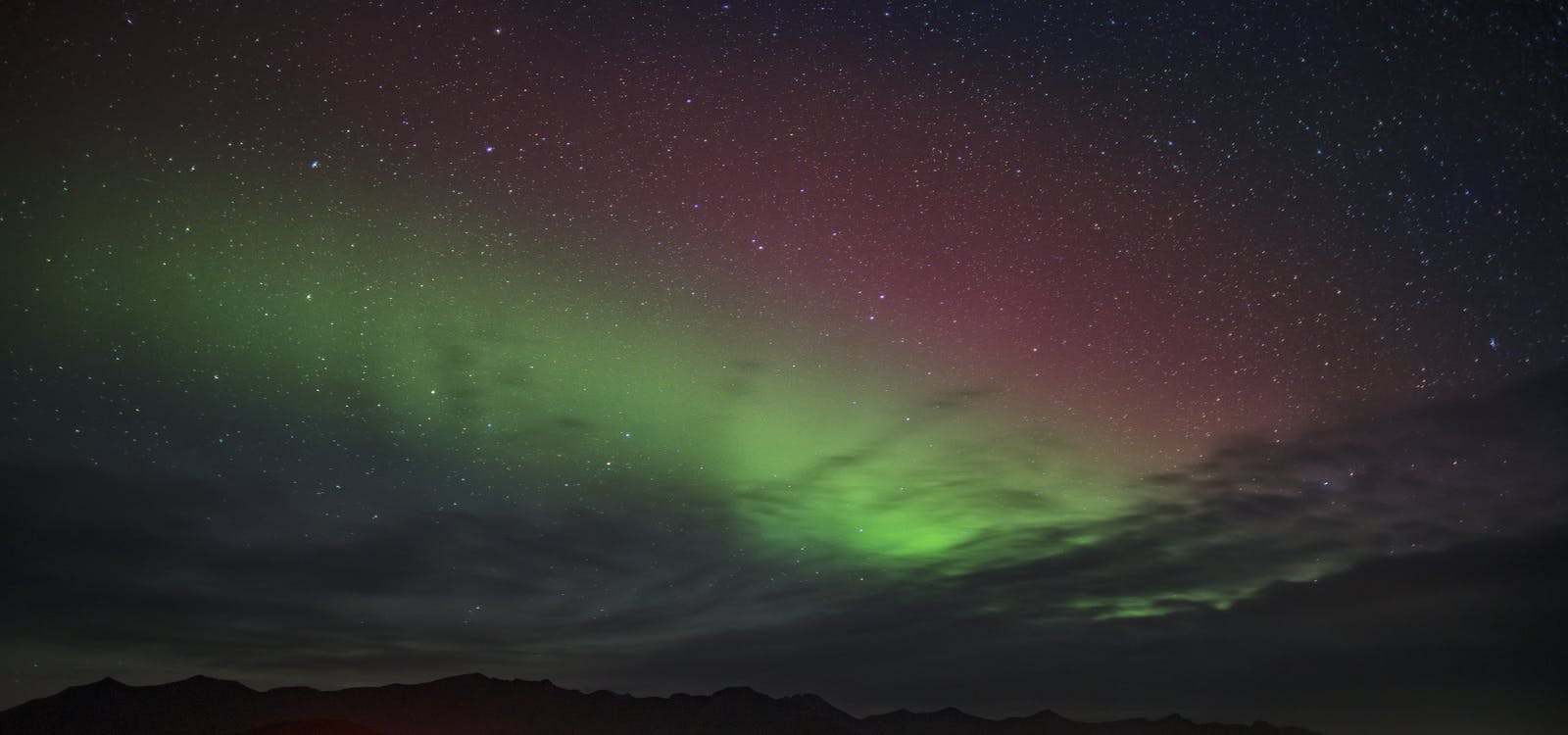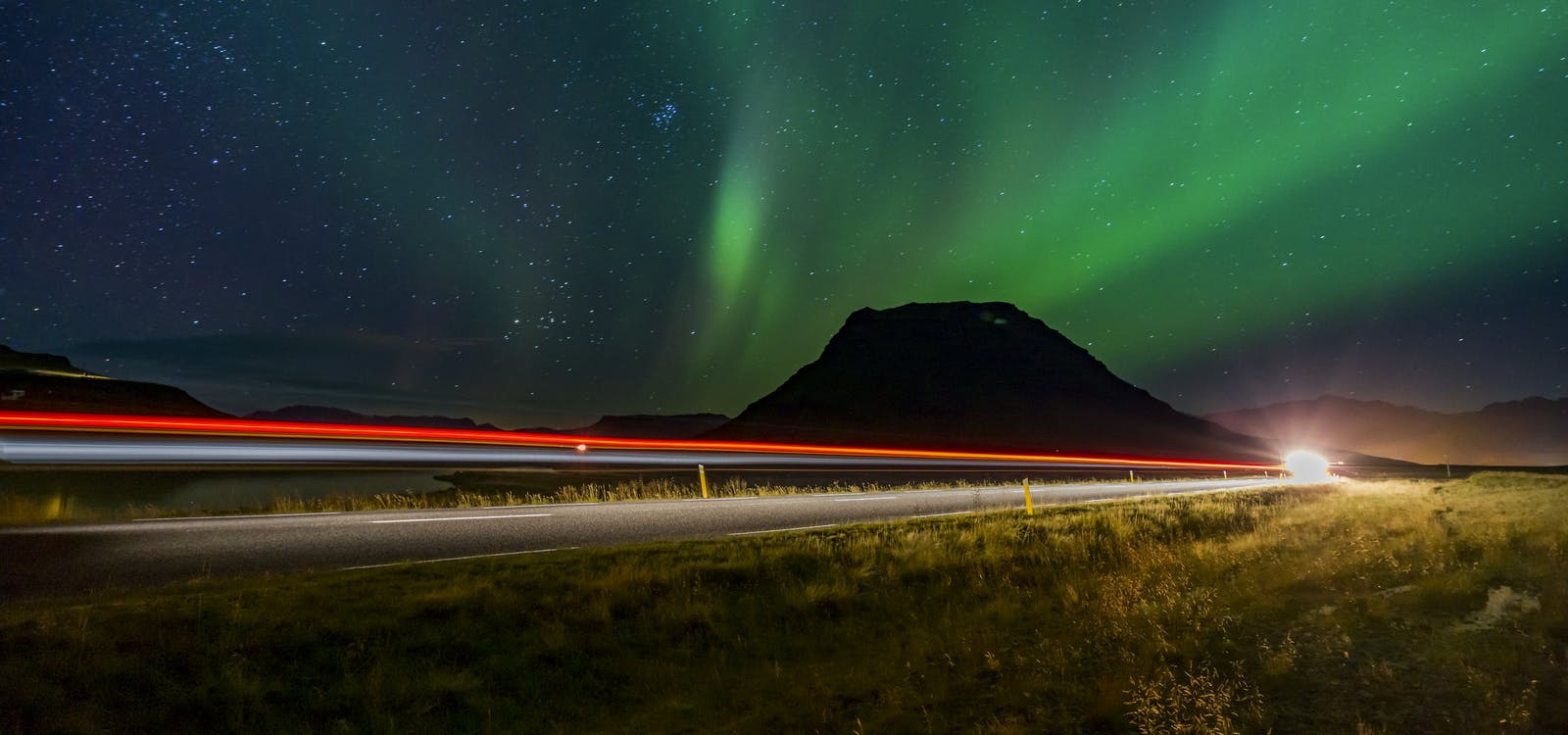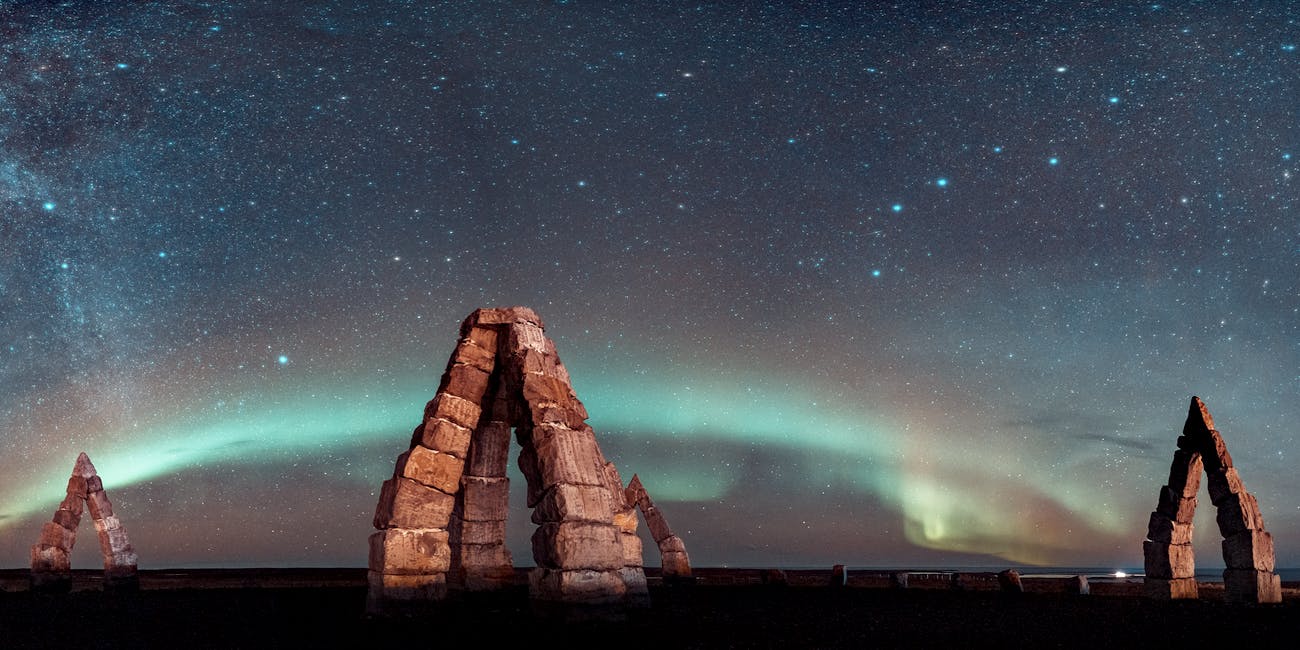
Difference Between Aurora Australis and Aurora Borealis
Northern lights are a natural phenomenon produced by solar winds, which blow electrically charged particles or electrons into molecules of atmospheric gases, causing the emission of bright light. While solar activity occurs year-round, there must be dark skies to view auroras, which means the winter months are the time to search for northern lights in Iceland.
What is the Aurora Borealis?
The Aurora Borealis, often called the Northern Lights, occurs in the northern hemisphere, predominantly in regions near the Arctic Circle. This includes countries like Russia, Norway, Sweden, Finland, Iceland, Canada, and Alaska.
The northern lights result from charged particles from the sun, mainly electrons and protons, colliding with the Earth’s magnetosphere and interacting with gases in the Earth’s atmosphere. These collisions produce colourful displays of light, primarily in green, red, and purple hues.
What is the Aurora Australis?
The Aurora Australis, also known as the Southern Lights, occurs in the Southern Hemisphere, primarily around the Antarctic Circle. It can be seen in countries such as Australia, New Zealand, Antarctica, and parts of southern South America.
The southern lights have the exact underlying cause as the Northern Lights. Charged particles from the sun interact with the Earth’s magnetic field and atmosphere in the Southern Hemisphere, creating similar colourful light displays.
What Colours are Typical for the Two Natural Phenomenons?

The Northern Lights typically appear as curtains, arcs, or swirling light patterns in the night sky, primarily in the northern hemisphere. The most common colours are green and white, though red, purple, pink, and blue hues can also be seen.
Similarly, the Southern Lights, or Aurora Australis, display the exact same colours, patterns, and behaviours as the Northern Lights but occur in the southern hemisphere. However, fewer people live in the areas where they are most commonly visible.
Strong geomagnetic storms are required to expand the auroral oval northward so that the Southern Lights can be seen from more populated regions, such as Tasmania. When this happens, the Southern Lights can be just as vibrant and colourful as their Northern counterpart.
When is the Best Time of Year to See the Northern and Southern Lights?
The best time to see the Northern Lights in the northern hemisphere is generally from mid-August to late April when the nights are the longest and darkest.
For the Aurora Australis, the prime viewing season is from late February to late September, when the nights in the southern hemisphere are the longest and darkest.
While the Northern Lights are a must-see in Iceland, another astronomical event will make 2026 even more special. The Solar Eclipse 2026 in Iceland will be a total eclipse visible from Reykjavík, offering a rare chance to experience both phenomena in one destination.
What are the Best Countries to View the Northern and Southern Lights?

Visitors often visit countries like Iceland, Norway, Sweden, Finland, Canada, and Alaska for the best viewing opportunities to catch a glimpse of the northern lights. See the top places to see the Northern Lights in Iceland.
As for the southern lights, they can be observed in places like Australia, New Zealand, Antarctica, and the southernmost parts of South America.
Where Can I Learn About Northern Lights in Reykjavík?
Perlan’s Northern Lights Show, Áróra, is a breathtaking film about northern lights. The film includes many stories, combining science and art to create a unique guest experience. At Perlan, you can learn how northern lights form, hear fascinating tales about them and see fantastic displays. In Icelandic nature and outer space, the Northern Lights virtually dance around you.
Perlan is home to Iceland’s only planetarium and uses a state-of-the-art 8K projection system and surround sound system to bring you the full spectrum of the magical story of the northern lights.
How do the Northern Lights Form?

The Aurora Borealis is a phenomenon caused by solar winds, which blow lectrically charged particles into molecules of atmospheric gases, causing an emission of bright light. The best time to see northern lights is from September to March. Check out the Aurora Forecast before heading out for a search in Iceland.When the forecast is favourable, it’s best to drive (or take a tour bus) to a dark area and look up.
FAQ
Does the Aurora Borealis and Aurora Australis look the same?
Yes they look the same. Seeing the northern and southern lights comes down to the amount of solar activity, cloud cover and intensity. The colours of the Aurora Borealis and Aurora Australis can vary and can appear green, white, red, pink, purple or blue.
How can I increase my chances of seeing northern lights in Iceland?
For an excellent chance to see northern lights in Iceland, travel during the winter, stay for several nights in Iceland, monitor aurora forecasts, join tours, and most importantly, be patient. Sometimes, you may need to wait for the auroras to appear.
How accurate are northern lights forecasts?
The weather frequently changes in Iceland, meaning a favourable northern lights forecast can quickly change if there’s cloud cover.







